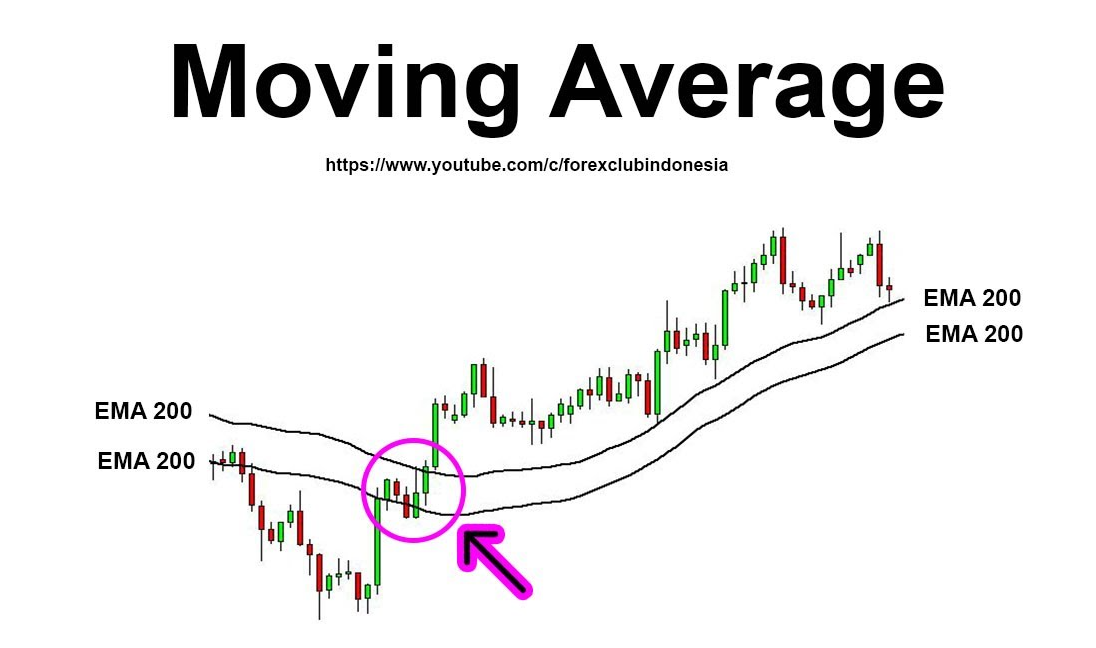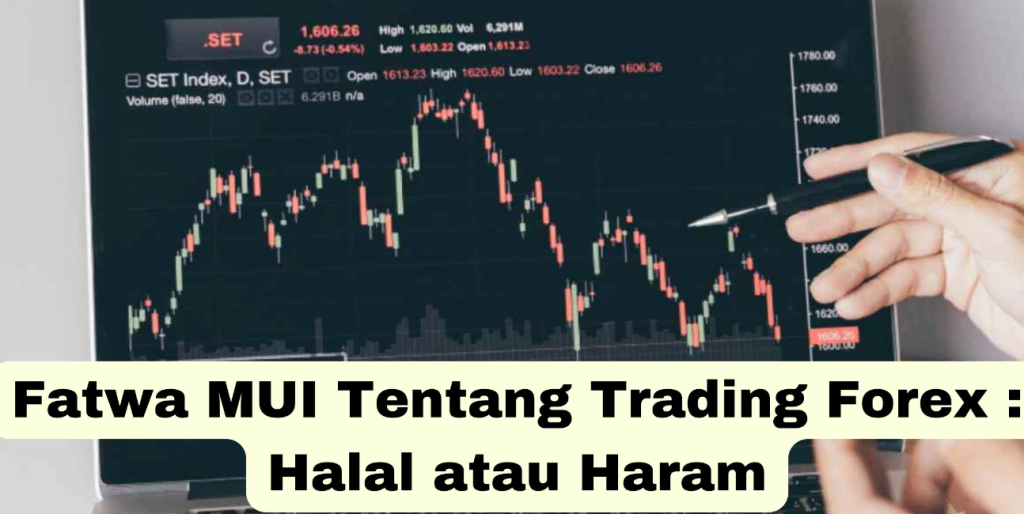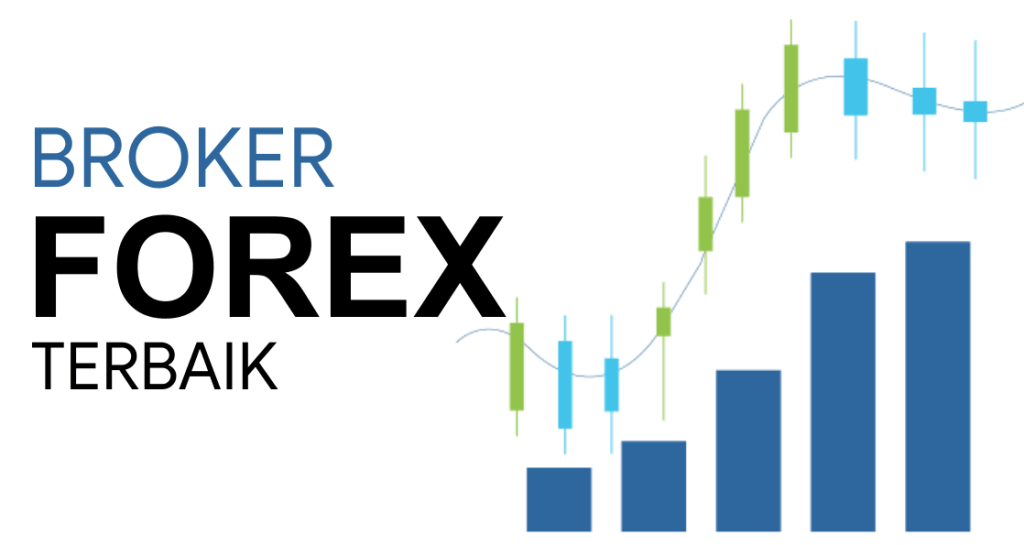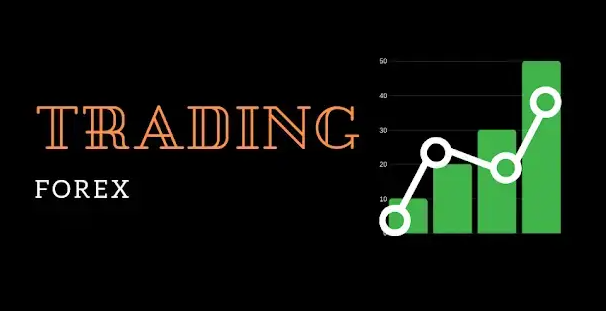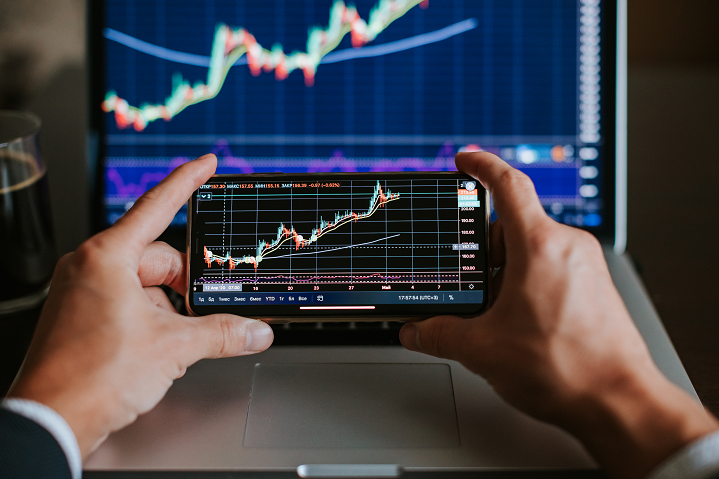In the world of forex trading, technical analysis plays a crucial role in making informed trading decisions. One of the widely used technical indicators is the Moving Average. In this article, we will explore the concept of Moving Average in forex, how it is used by traders, and the benefits it offers in analyzing price trends.
Understanding Moving Average
The Moving Average is a popular technical indicator that helps traders identify trends and smooth out price fluctuations. It calculates the average price of an asset over a specific period of time, creating a line that moves along with the price action. The Moving Average is a lagging indicator, meaning it takes into account historical data to provide insights into future price movements.
Types of Moving Averages
There are different types of Moving Averages that traders use, including:
- Simple Moving Average (SMA): SMA calculates the average price over a specified number of periods equally. It provides a smooth line that represents the overall trend.
- Exponential Moving Average (EMA): EMA gives more weight to recent price data. It is especially useful for short-term traders.
- Weighted Moving Average (WMA): WMA assigns weights to di fferent periods, giving more importance to recent data. It offers a more accurate representation of current market conditions.
Using Moving Average in Forex Trading
Moving Average is a versatile tool that can be used in various ways in forex trading. Here are some common applications:
- Trend Identification: Moving Average helps traders identify the di rection of the trend. When the price is above the Moving Average, it indicates an uptrend.
- Support and Resistance Levels: Moving Average acts as dynamic support and resistance levels. Traders often observe how the price reacts when it touches or crosses the Moving Average line. It can serve as a signal for potential reversals or continuation of the trend.
- Entry and Exit Points: Traders use Moving Average crossovers as entry and exit signals. When a shorter-term Moving Average crosses above a longer-term Moving Average, it generates a bullish signal, indicating a potential buying opportunity.
- Confirmation Tool: Moving Average can be used to confirm other technical indicators or trading strategies. For example, if a price breakout occurs along with a Moving Average crossover, it adds more confidence to the validity of the breakout.
Choosing the Right Parameters
When using Moving Average, selecting the right parameters is crucial. The choice of the time period and the type of Moving Average depends on your trading style and the market you are analyzing. Shorter-term Moving Averages are more responsive to price changes but may produce more false signals, while longer-term Moving Averages provide smoother trends but with a delay in signals.
Limitations and Considerations
While Moving Average is a valuable tool, it is important to acknowledge its limitations and consider other aspects of technical analysis. Moving Average works best in trending markets but can produce false signals in ranging or choppy markets. It is advisable to use Moving Average in conjunction with other indicators or tools to increase the accuracy of your analysis.
Conclusion
Moving Average is a powerful tool for technical analysis in forex trading. It helps traders identify trends, determine support and resistance levels, and generate entry and exit signals. By understanding the different types of Moving Averages and their applications, traders can gain valuable insights into market dynamics and make more informed trading decisions. However, it is important to remember that no single indicator can guarantee success in trading. It is recommended to combine Moving Average with other analysis techniques and develop a comprehensive trading strategy.
Suggestion
If you are new to using Moving Average in forex trading, start by experimenting with different periods and types of Moving Averages on a demo account. Observe how they interact with price movements and analyze historical data. Gradually, as you gain experience and confidence, you can incorporate Moving Average into your live trading strategy. Additionally, continue learning and exploring other technical indicators and tools to expand your trading knowledge and enhance your analysis skills.

